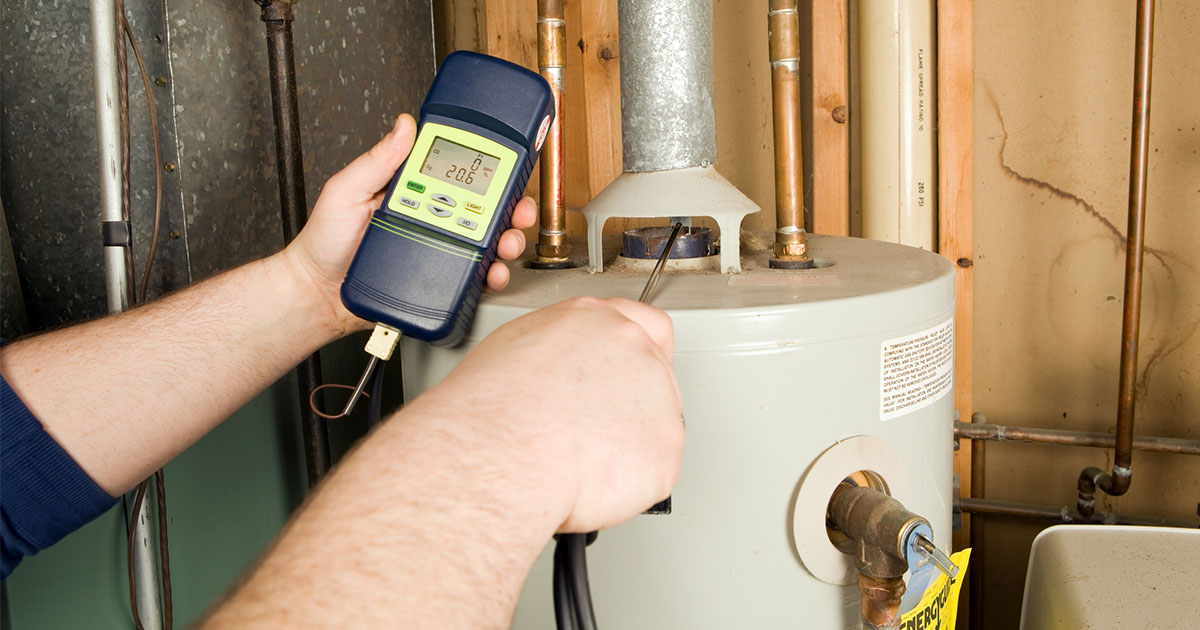Know the Risks of Carbon Monoxide

With fall and winter approaching, we spend more time indoors, and many of us turn to alternative heating sources to keep us warm. While these heat sources provide warmth, they can also pose risks if not used properly.
Carbon monoxide is a colourless, odourless gas produced by the incomplete burning of any carbon-containing material, including gasoline, natural gas, propane, coal, or wood.
Additionally, carbon monoxide is a highly poisonous gas and each year, Canadians die or become ill because of carbon monoxide (CO).
Any indoor workplace or building with fuel-burning equipment presents a potential hazard. Team members and guests in confined spaces can be exposed to carbon monoxide poisoning, but it can also be present in large buildings and well-ventilated areas.
Anything that burns fuel, including gas-powered engines, fireplaces, natural gas space heaters, furnaces, natural gas ovens, boilers, and natural gas dryers, presents a potential source of carbon monoxide.
Know the risks of carbon monoxide
Carbon Monoxide is dangerous because it replaces oxygen in the blood and interferes with transporting needed oxygen to cells in the body.
Victims exposed to early signs of carbon monoxide poisoning may present shortness of breath, headaches, dizziness, chest pain, poor vision, vomiting, and loss of muscle control.
Preparation can prevent carbon monoxide poisoning
Start with these prevention tips to help keep buildings and individuals safe from carbon monoxide poisoning.
- It is required that CO detectors be installed in all buildings that need a Fire Safety Inspection and where there is a potential risk for CO infiltration. The authority having jurisdiction for the fire safety inspection has the power to determine what level of CO protection is required based on a risk analysis.
- Installing a battery-operated or battery backup CO detector in any indoor workplace or building is the first step to preventing carbon monoxide poisoning. Ensure batteries are checked or replaced each spring and fall.
- If the CO alarm goes off, get everyone out of the building and into the fresh air. Have a plan in place to ensure that all guests and team members have been safely evacuated. Call 911 or your local emergency services. Advise emergency services of anybody that has not been accounted for. Please do not return to the building until it is safe to do so.
- Perform an external check of your building to ensure that all exterior vents are clear of blockages, such as snow, ice or debris.
- Have a qualified contractor perform an annual maintenance review of heating systems and other fuel-burning appliances to ensure all systems are running correctly.
The most effective way to avoid CO poisoning is to follow safety guidelines and control the risks and hazards in your workplace.
We believe in protecting your business and taking proactive steps to reduce your chance of loss. Therefore, having the right insurance to protect your business properly is crucial. Contact one of Western’s insurance experts to make sure you’ve got the coverage you need.



.jpg?300x300)